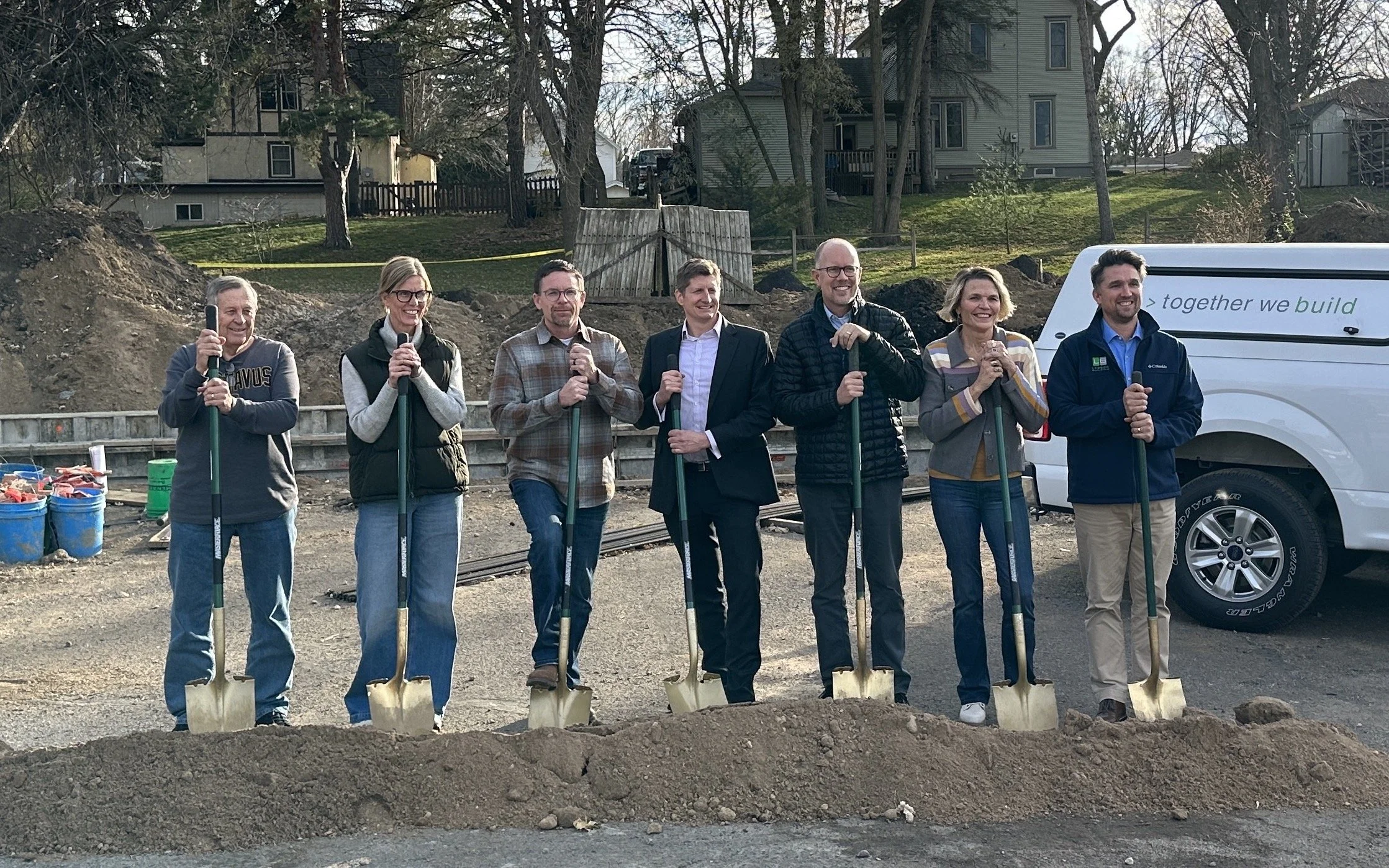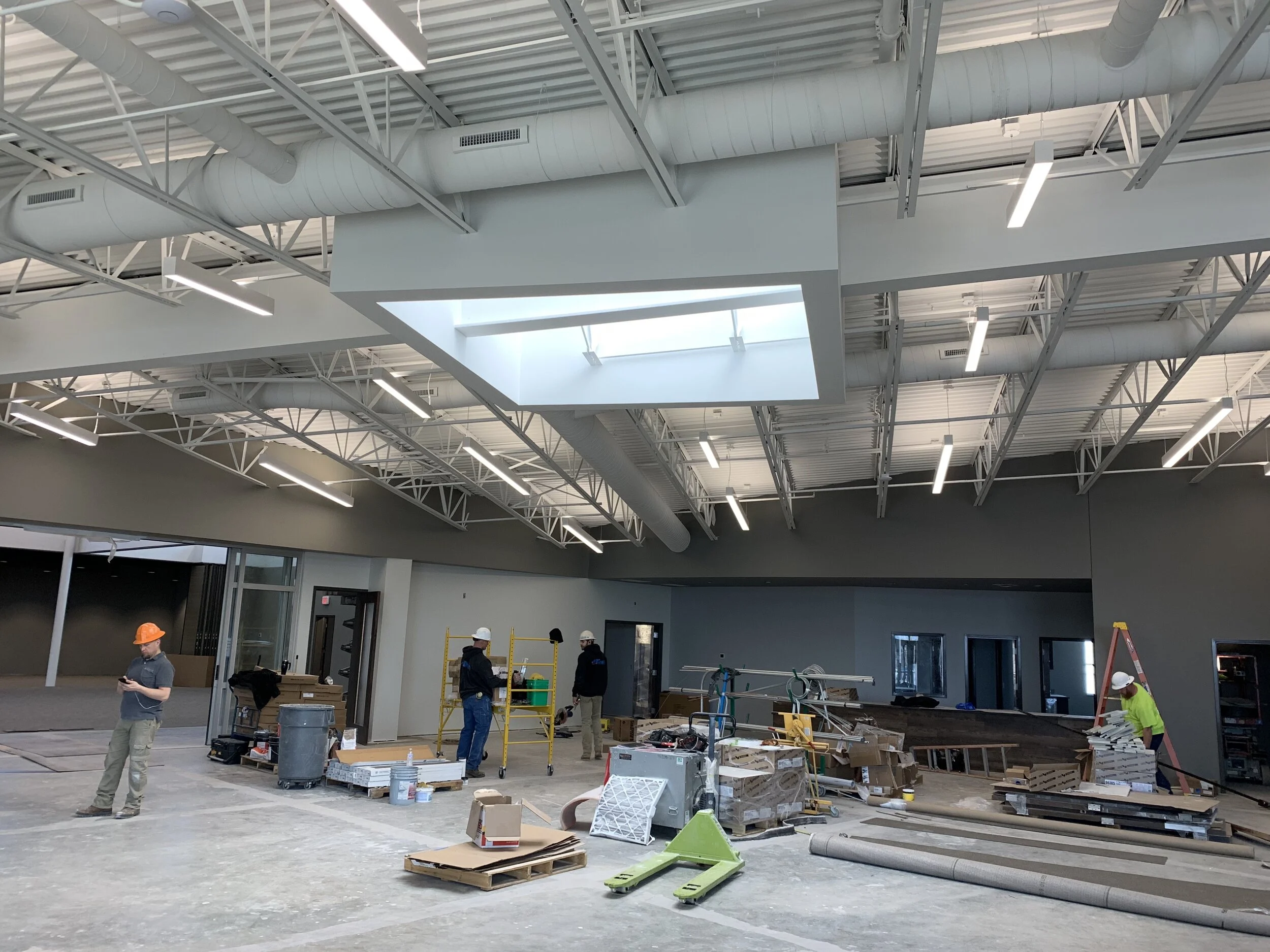I had an interaction with someone this week that made me stop to think about peoples understanding of architects and the design process they lead. The design process in architecture is something few people get to experience, and it is different enough from most peoples expectations of design that when drawn into it they are often surprised. There is a tendency to see architects similar to doctors who prescribe a known solution to a known problem. Or even better, tell them what their problem is and give them the corresponding solution, because the patient may not be quite sure what they are suffering from. Or there are also those, who having self-diagnosed, simply are waiting for you to give them the medicine they expect. But design is not like learning a list of symptoms and assigning medicine. Nor is it being able to store up ready solutions from years of experience, simply taking the right one off the shelf. There certainly are architects and designers that might use these methods. They design something for a client, it works and this then becomes the answer they use on subsequent projects. Over time this can become their expertise so to speak. Perhaps they even allow the answer to evolve over time as the solution is forced to change. The desire to jump to quick answers, to have the solution at the beginning, is the constant temptation of every designer. Most likely there will be a level of success in the result, because there are enough similarities to the last project. Understanding a solution gives confidence to solving the same problem the next time. But is it the same problem, the same situation, the same people? Are we allowing ourselves to enter the process of design? And most importantly, are we getting the best result? If all people were the same, perhaps. If all companies were identical, sure. But individuals and businesses are different enough that I believe the full design process is something that is far underutilized. I don’t mean to dismiss the role of knowledge here. Certainly architects who work on particular building types have been introduced to many of the facts and requirements that others have not been. What I am saying is that hopefully the knowledge does not keep them from entering into the process of design.
So what is the design process? It is purposely stepping into unmapped, unfamiliar places, listening and moving forward, not with quick answers, but a set of skills that gradually and thoughtfully shape a response. The process needs to be entered not with prejudices and assumptions, but from the belief that I have never encountered this unique problem before. There will be references, likes, dislikes, precedents, but these should only form a backdrop for the process. The designer has to know how to ask questions and then respond to the answers that usually get more and more complicated, that will often be contradictory, that may keep affecting the direction of the design. The response is rarely a quick answer. The designer has to hold onto solutions lightly and allow these to transform as they continue to gather up the pieces and test ideas. It is a process. It is something like walking through the woods blindfolded, using each tree you feel to inform your steps and to begin to form a direction in your mind. There is a direction, there has to be, but it is not like walking down a paved sidewalk, where you don’t have to think about where you are going. You can see how this approach might result in a different solution than taking the answer from the last project and simply modifying it for the current client. So why is the method of repetition, by far, the more common practice? I think it feels safe. We know ahead of time what we are getting, we know that if we like that other project, or if that other project seems to work well, like a product, we want to purchase that known thing. Design as a process, however, asks you to go into an unknown place to find a solution that is often unexpected, and this feeling can be unnerving. This process takes time and the solution is something, as stated earlier, that gradually takes shape through the process. This gives space for creativity and authenticity to come forward. I would argue the process of design can result in something that brings forth the distinctiveness of a situation, a place and those individuals involved.
Come to think of it, the design process is perhaps more like real life. Learning to maneuver through life is rarely about quick answers, but developing a growing set of ideas and thoughts that gradually mature you and shape your direction. Even those answers that are available to us at the beginning usually don’t make sense until we have made our way a little farther along and tested them a bit. Perhaps the allure of the fast answer, the pre-designed package, the safe choice, has more to do with easing our own feelings of wandering in life. Design as a process is a hard thing to sell. “ Let's wander together for a while.” It takes confidence, a confidence not in having the answer at the beginning, but a confidence in the process, that a solution will be formed that addresses the unique needs and character of the individual, the family or the company. This is what the experienced designer or architect brings to the table. Let's not pretend about any possible perfection in design here, this is real life, but I believe these are better answers. Remember, each architect will have their own approach to this process, a different outcome, perhaps their own look. It is impossible for a designer to keep themselves out of their work, but that is after all why we are drawn to certain architects and designers. Life is about learning, let's not reduce design anymore than we would our own lives or our own individual identity. In turning to an architect expect a process, expect questions, expect it to be an exercise in self-evaluation, whether an individual, a family or a business. Expect to set aside ready or preconceived answers for the time being, and then enjoy the process for what it is. Discovery.




































